Creating a Healthy Home: How to Self Build a High-Quality & Comfortable House
Building your own home from scratch is a major investment. This is your opportunity to create something perfectly tailored to you and, for many self builders, it’s their forever home. It’s easy to focus on the aesthetic, functionality and energy efficiency of a design, and rightly so. But it’s equally important to invest in the products and strategy that go into developing a scheme which enhances your wellbeing.
From natural, healthy and eco-friendly materials and high-quality products to clean indoor air and ample natural light, here are some measures worth considering during the design stage of your build to make your home an inviting space that improves your quality of life.
Using Natural & Sustainable Materials
If you want to minimise the impact your self build makes on the environment, choosing natural and recycled materials will make a significant difference. These products can also have a transformative effect on how your house feels to live in and your health over time. While they may be more expensive upfront than the standard alternatives, the long-term benefits of these materials far outweigh the cost, particularly when you’re investing in a bespoke, long-term home.
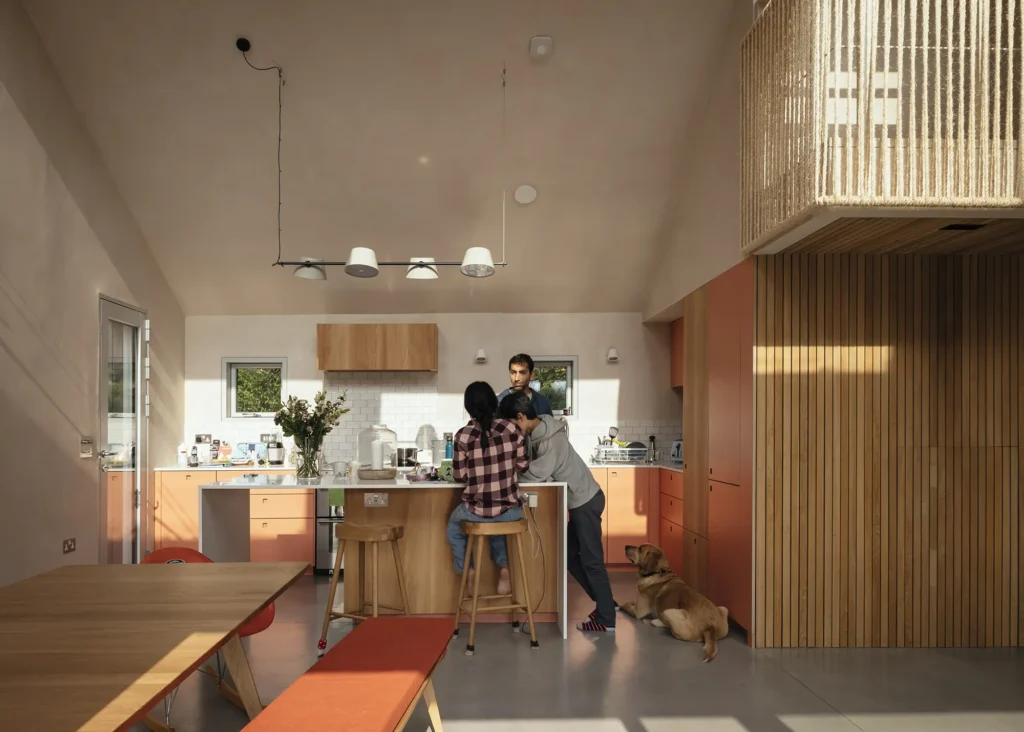
The internal walls and ceiling of this new build home by Pad Studio are handwashed in a natural Clayworks plaster. Adding to the home’s natural spec is the handwoven sisal rope that forms the landing’s bespoke balustrade. Photo: Jim Stephenson
It’s difficult to know where to draw the line when determining what makes a material natural and/or sustainable. Generally speaking, the closer a product is to its natural state, the more sustainable it is. Some materials, such as stone and clay, are naturally occurring and plentiful in quantity, but still finite resources – so this may impact your decision-making. Other materials like wood and hemp are renewable, as they can be regrown, and this might be a key criterion for your specification.
Carbon-intensive structural materials, like standard blockwork, can be substituted with hemp blocks and lime mortar, which are breathable and eco-friendly. Lime is also a great plaster and render option. “It’s naturally relatively high on the pH scale, so it’s alkaline,” says James King, managing director at Unity Lime. “Mould prefers to grow on things that are neutral on the pH scale, so anything highly acidic or alkaline is going to be great at preventing its growth.”
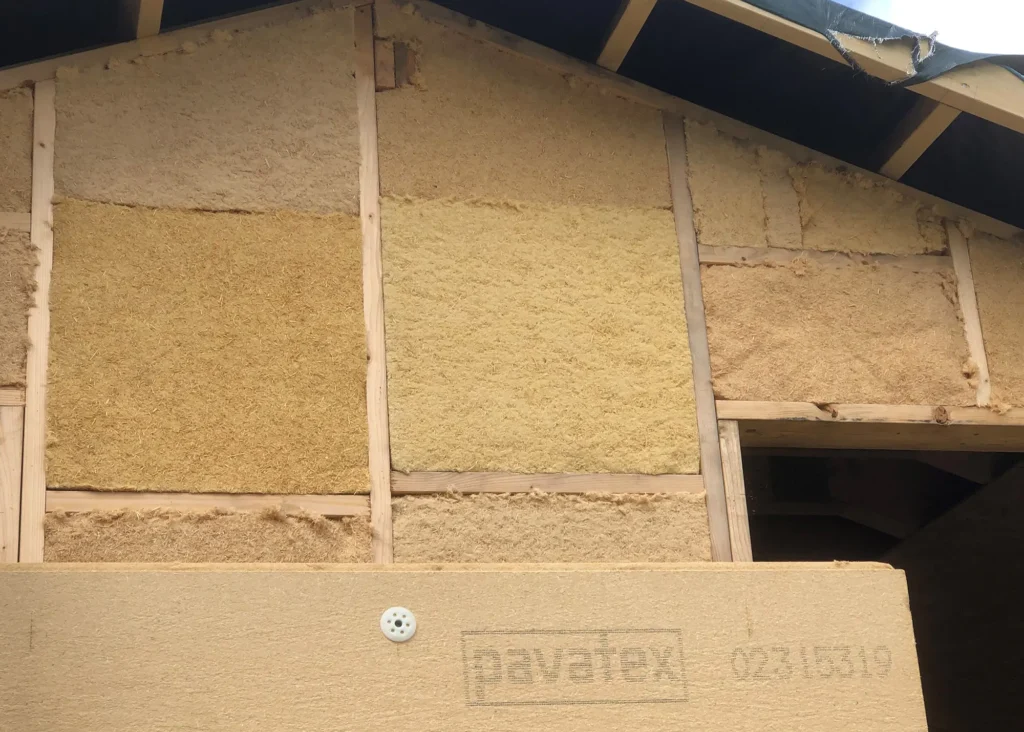
Here, Unity Lime’s Pavatex wood fibre insulation is being installed in a timber frame build. The product is free from harmful substances and vapour permeable, enabling a healthy internal living environment
Responsibly sourced wood is another low-energy, carbon-negative and natural material, making timber frame construction and oak frame popular sustainable structural systems. There are lots of natural insulation options, too, including recycled newspaper, wood fibre, hemp fibre, mineral wool, sheep’s wool and cork board. Slate and clay are good options if you’re looking for natural and sustainable roof tile options. The latter also makes great low-VOC, breathable plasters and paints that offer a stylish finish.
CLOSER LOOK Do natural & sustainable materials cost more?Compared to standard building materials and finishes, the more natural and eco-friendly products are likely to have higher upfront costs. However, as sustainable materials become more accessible, the cost will eventually match that of standard products. For example, some hemp blocks are now competitively priced with their concrete alternatives. Take into account the product’s composition and how that affects its performance. “When it comes to insulation, you have to consider the density of the material to determine its value,” says James King, Unity Lime’s managing director. “Wood fibre is more expensive than standard insulation, but you get a lot more material and therefore a higher thermal mass.” |
Maximising Daylight inside Your Home
Exposure to natural light on a day-to-day basis is known to boost overall wellbeing. It can also increase your energy levels and productivity – which is an essential consideration for your office room if you work from home. In addition, daytime light can also help you sleep better overnight and boost serotonin, reducing stress levels.
Maximising daylight has some practical advantages –not least that it can help you see better. As obvious as this seems, it’s easily overlooked – it can fast become frustrating to constantly strain your eyes or turn on a light to do basic tasks. But in the same vein, too much sunshine can be a nuisance, especially on TV or computer screens.
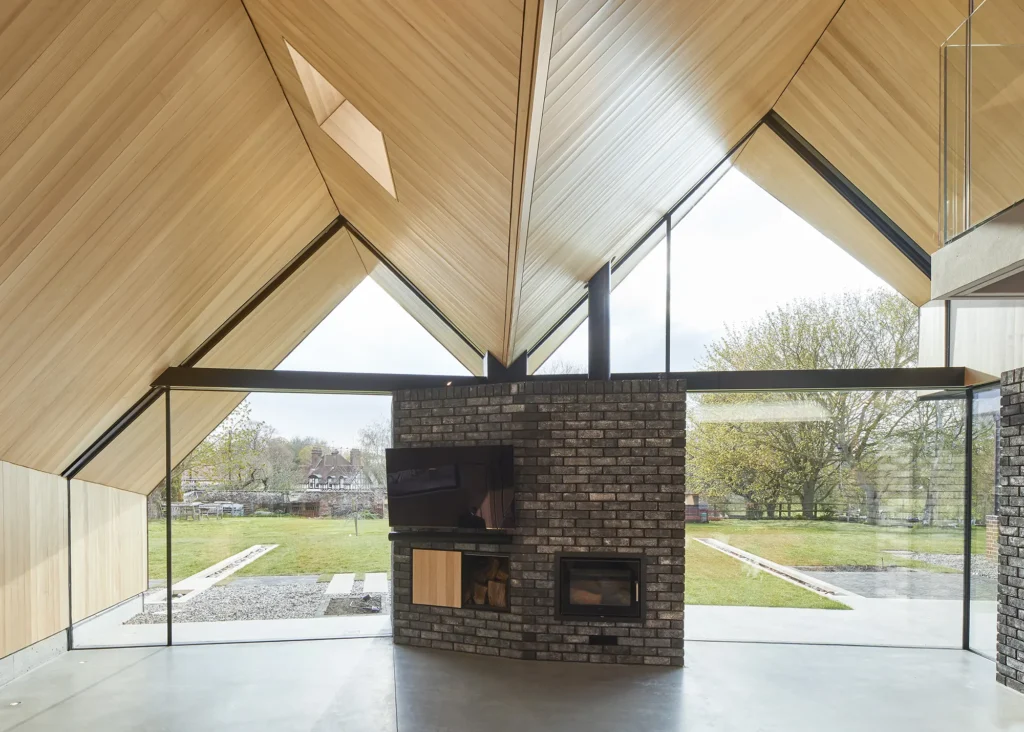
CDC Studio designed stunning floor-to-ceiling glass for this countryside home, which floods the space with natural light and creates architectural wow factor. Photo: Nick Hufton / Al Crow
Consider the nature of your site and how your home is positioned (in other words, its orientation) to maximise the amount of natural daylight in your design – particularly if you’re building from scratch. “The sun moves, creating a lot of different daylight effects from multiple directions at various times of the day,” says Ben Mailen, managing director at Mailen Design.
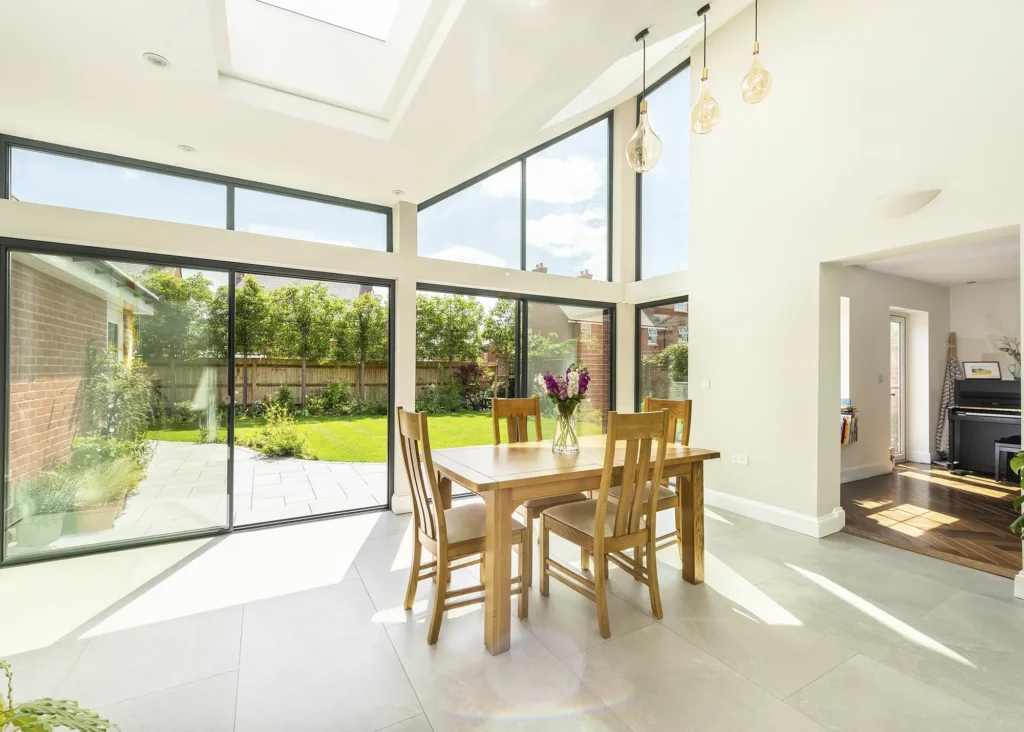
Kloeber’s UberSlide sliding doors, rooflights and double-height glazing create a spectacular light-filled addition to this family home, designed by Lapd Architects
So, it’s important to take into account where the sun will be and how your home can effectively capture different types of daylight. “Don’t be concerned if you have a north-facing site, as it can be a benefit. It creates a nice, soft light, so even though you’re not getting direct sunshine, you can capture the change in the daylight,” says Delphine Dryer, director at CDC Studio.
NEED TO KNOW Mitigating overheatingAlthough getting in daylight is one of the most important considerations in your home’s design, too much can have some negative implications, such as glare on your TV or computer screen when you’re working from home, or lack of privacy from vast swathes of glass. Most importantly, you want to strike a balance between maximising natural lighting and limiting overheating in the warmer seasons for a more comfortable internal environment. In fact, Part O of Building Regulations requires all new builds to take measures to prevent excess solar gain in their design, so this cannot be dismissed. Here are some expert tips on how to combat the unwanted symptoms of letting in too much daylight:
|
Choosing High-Quality Products That Feel Good
It’s not only build materials, access to natural light and good layout that make a home better. The design, quality and impact of fixtures, fittings and finishing touches – from the lighting, heating and smart controls to doors and windows, ironmongery and accessories – can go a long way in enhancing how we live.
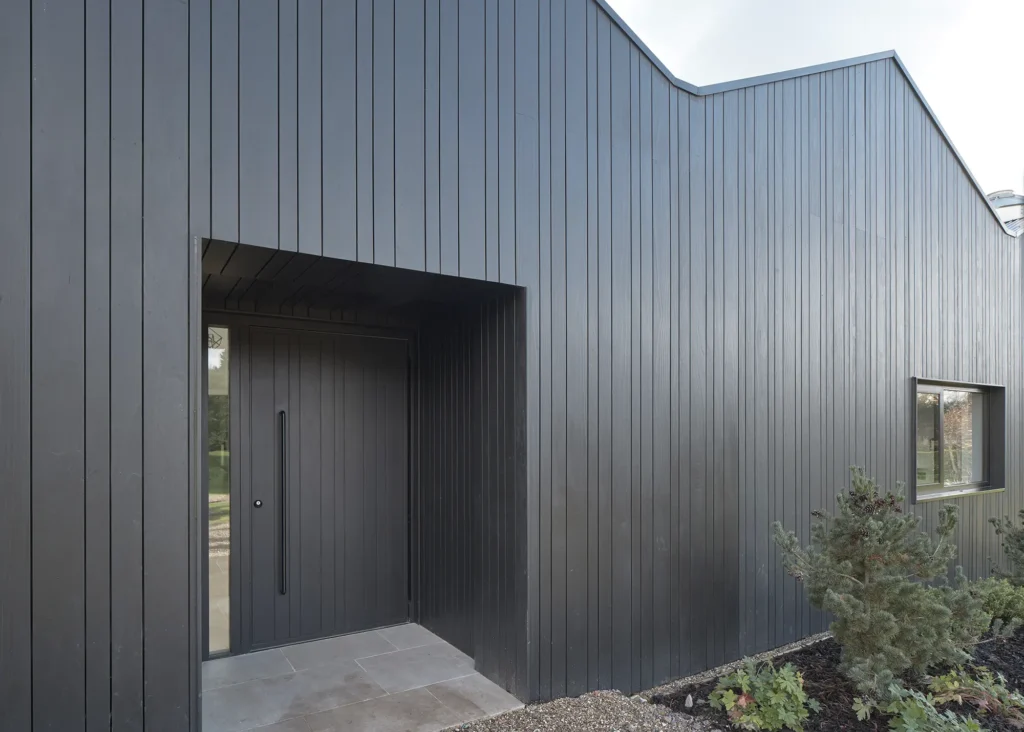
Rondo V pivot door in oak with ebony oil, Option 6 handle in black finish and clear glass sidelite, £9,894 for the doorset at 1,200 x 2,400mm, Urban Front
Consider your lifestyle and how you might prefer to interact with the elements that form key entry points within your home, as well as how they’ll fit with the interior scheme. “Our clients love to hear the clunk of a door as it closes, because it signifies safety. Also take time to decide on the side the door hangs, handles and locks,” says Elizabeth Assaf, co-founder of Urban Front.
For internal doors, including those on kitchen units and wardrobes, hardware is a frequent touch point, so it’s worth investing in quality products that will withstand wear and tear over time. Weighty handles and knobs will add to the feeling of robustness and longevity.
Heating is a necessity, but it can enhance daily rituals. Bathroom underfloor heating (UFH) makes a practical addition to aid quick drying and reduction in moisture, plus stepping onto a warmed floor post-shower is a moment to be enjoyed.
QUICK GUIDE Interior design ideas for a better homeAs an advocate and promoter of the circular economy and regenerative design principles, Mathew Freeman, director of Freeman Studio and former president of British Institute of Interior Design, shares his tips on curating an decorating scheme that’s inherently ‘better’:
|
Addressing acoustics in our homes is also important. Sound separation allows for privacy, keeping the whole household comfortable and happy. Consider how you will soundproof between rooms and levels in the design phase, as well as where you might want acoustic doors and windows. For example, internal pocket doors may not be as effective in preventing sound from travelling as other options are.
Ensuring Good Ventilation & Indoor Air Quality
Poor indoor air quality and pollution can have a negative impact on our overall health. “If you don’t have adequate ventilation in your home, you are going to feel the ill effects. People wonder why, even after having a good eight hours of sleep, they wake up and don’t feel rested – their eyes feel itchy or they may have a headache,” says Clarissa Youden, associate director at Total Home Environment.
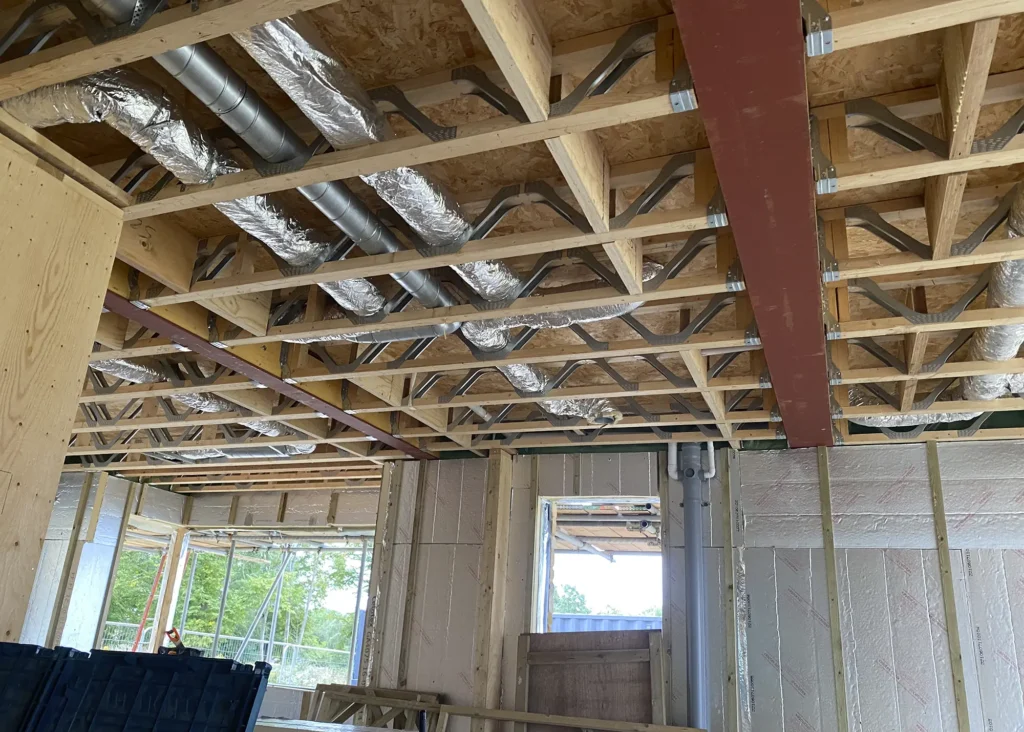
How you install MVHR will depend on the type of joists you specify. The ductwork in this heat pump ventilation setup by Total Home Environment smoothly through the posi-joists, which feature an open metal webbing
“Just having a hole in your walls or window frames requires different air pressures indoors and out to provide ventilation, and it leads to a lot of heat loss. In our minds, and in those of the Passivhaus Institute, the only way to get proper ventilation in your home without losing heat is mechanical ventilation with heat recovery (MVHR).”
A well-designed and installed MVHR system ensures you get a whole-house air change every couple of hours. “MVHR removes the stale, moist air from the wet areas of the house, such as the kitchen and bathrooms. This air then passes through a heat exchanger, transferring the warmth to the fresh incoming supply from outside,” says Robert Hamilton, managing director at Rega Vent. The fresh air is then distributed to living areas and bedrooms.
CLOSER LOOK MVHR Key considerationsDesigning and fitting MVHR requires a considered approach – whether in a new build or retrofit scenario. Here are some key things to consider when planning MVHR for your project:
|
MVHR also prevents the build-up of contaminants, such as volatile organic compounds (VOCs), ensuring the air you breathe in is fresh and healthy. It’s a good idea to look at where you can eliminate these airborne toxins to begin with. Many internal materials, such as conventional paint and flooring, emit harmful chemicals. So, consider low-VOC finishes for improved air quality.
Additional content by Lindsay Blair.



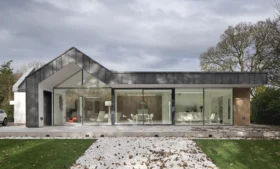


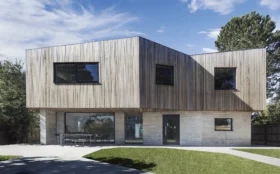








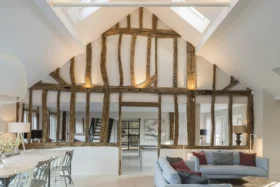
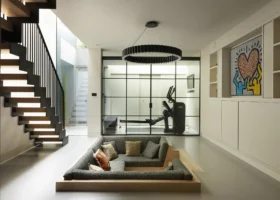
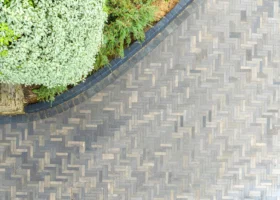












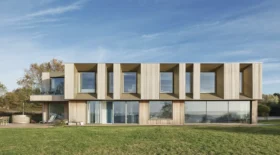





























































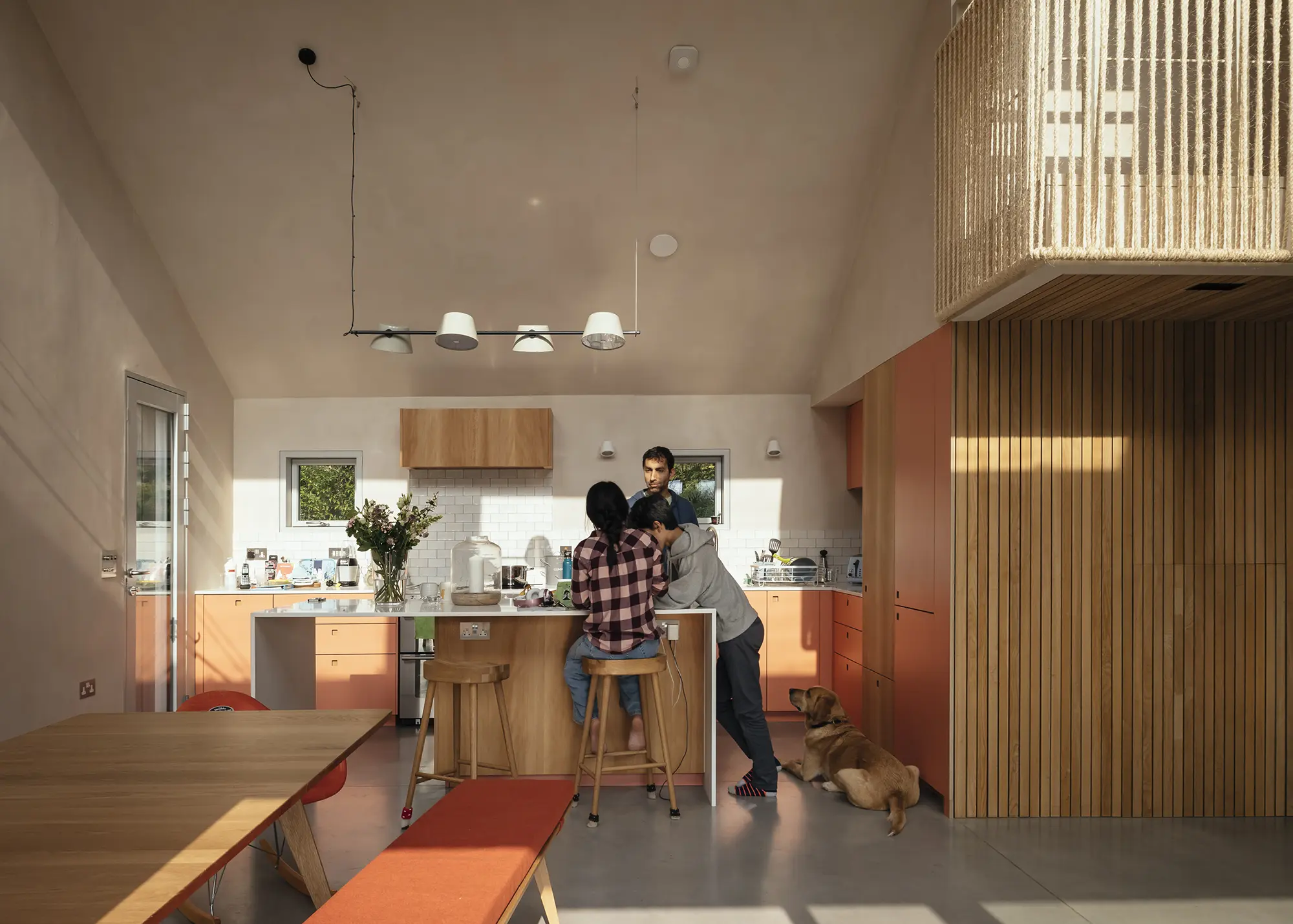
 Login/register to save Article for later
Login/register to save Article for later



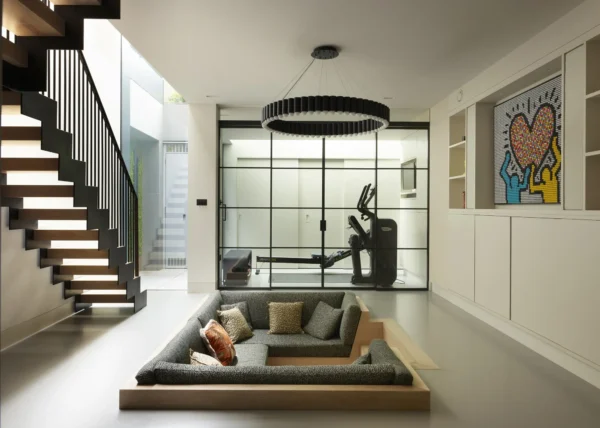
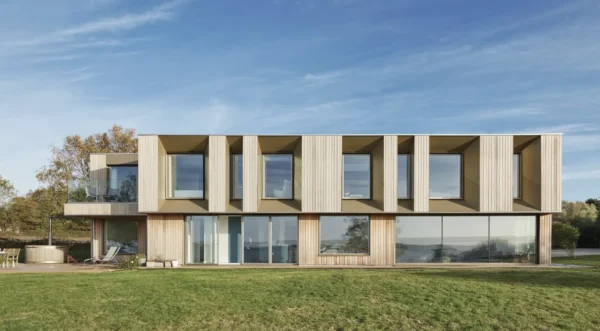
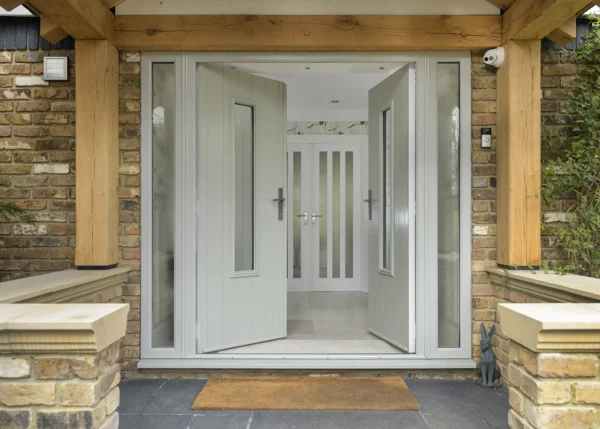
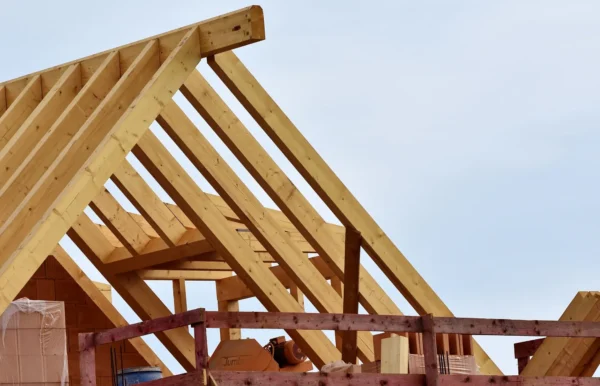

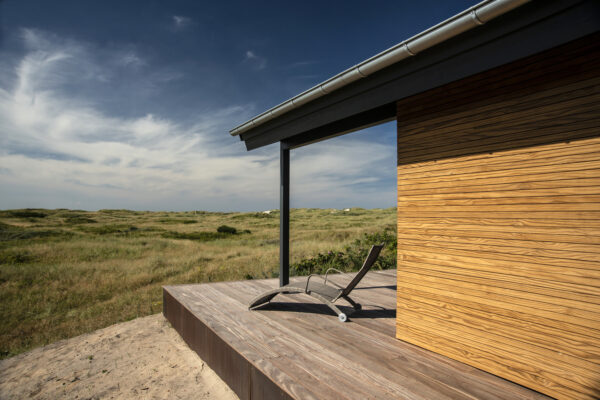





Comments are closed.